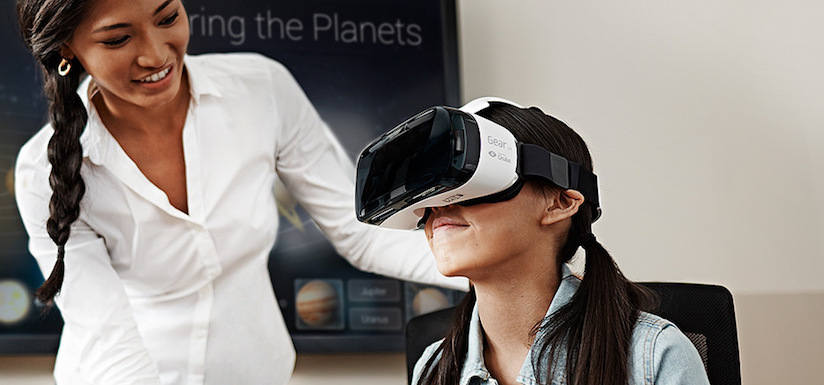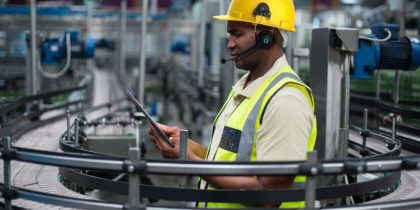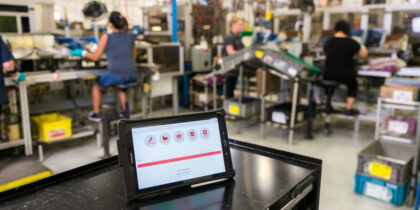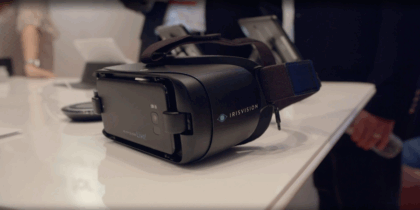Video production companies must consider a wide range of factors when making the leap into 360 video. For some, it may be too much of an investment — both in terms of new equipment and time — to ramp up on this new medium. But, as demand for VR video grows, great rewards await for those willing to take the risk and invest in 360 camera technology.
Today, more and more industries are exploring virtual reality (VR) and augmented reality (AR) technology, from healthcare providers to real estate to government and defense, and beyond. The most successful of these organizations see beyond the hype and are looking for ways to make immersive content meaningful and useful in people’s daily lives.
The Demand for Immersive Content is Here
The content of the future is frameless. Video production companies with experience working in immersive 360 and stereoscopic VR content are in demand. As the audience of VR headset owners continues to grow, industries and brands want to start banking spherical content now for use in interactive applications in the future.
Beyond this, screen resolution and bandwidth are improving drastically, and these advancements are accompanied by an increase in the demand for live 360 content broadcast in both monoscopic and stereoscopic formats. Those with experience producing this type of live content will be in growing demand.
As cameras and overall aggregate resolution continues to improve, studios can also make use of 360 camera systems to capture entire environments and later crop those videos into standard 4K or HD videos for social media or traditional broadcast. This also affords great opportunities for effects and transitions, using the distortion of 360 views. Basically, if you aren’t shooting spherical, you are missing out on everything outside the frame.
The Ultimate Guide to 360 Video Production
Everything you need to start creating 360 video, from pre-production to post and distribution. Download Now
Although a great deal of VR content is produced in a game engine environment, it’s also becoming increasingly common to use 360 photographs and videos as textures or skybox plates in these applications. Photorealism can be extremely important for delivering a sense of real presence. Whether the end project is an interactive game engine app, or a cinematic VR film, this photorealistic content can be applied in just about any use case.
Time and Cost Factors
Before you dive into 360 video production, it’s important to keep a few challenges in mind.
-
Media Management and Storage Costs: Many 360 cameras utilize multiple cameras and sensors, meaning you might be shooting with six, 12 or even 17 lens at the same time. Make sure you are budgeting for camera media, local storage, file management time & backup solutions.
-
Increased Post Budgets: Stitching 360 footage is time consuming, especially if you want it perfect. Roto and visual effects can also be very process intensive, which can be difficult for studios who aren’t equipped for 8K post.
-
Stitching Is Hard: despite all of the great advancements in automatic stitching technology, if you want your content to look perfect, you will have to spend time in post with roto and effects.
-
Cameras Are Expensive: Since 360 video production technology is evolving at a rapid pace, it can be costly to keep up. It can also be difficult to find equipment for rent without shipping from larger cities.
Despite the challenges, professional grade 360 video cameras are becoming more efficient and easier to use. Some cameras, such as the Samsung 360 Round, can easily live broadcast and fit right into your existing workflow with Ethernet and SDI support. The 360 Round also includes its own suite of post-production software to stitch and process the footage.
The 360 eco-system is evolving rapidly. Some of the biggest names in production software have begun to support 360 and VR formats, including Adobe, Foundry, Blackmagic Design and Scratch. Content creators have a myriad of resources available today for working in VR, so it’s a great time to get involved.
Ready to Go All Out?
All of this considered, should you sell off all of your traditional production equipment and buy 360 cameras? Probably not. As an immersive medium, there are definitely some stories and subject matter that lend themselves better to the 360 format than others — and vice versa. Most of all, though, it’s important that you are prepared and practiced at shooting in 360, for when that perfect opportunity arises.
Samsung offers great solutions from shooting, production and distribution through Samsung VR. Distributing 4K per eye stereoscopic 360 video was once a nearly impossible thing to do, but they’ve made it more easily accessible to studios than ever before.
The 360 medium is constantly evolving, and early challenges with 360 production are being alleviated all the time with new tools, plugins and camera solutions. In the future, more barriers of resolution and bandwidth are broken, will your studio be ready?
Ready to learn 360 filming? Download our Ultimate Guide to 360 Video Production for more insights, from pre-production to post.








